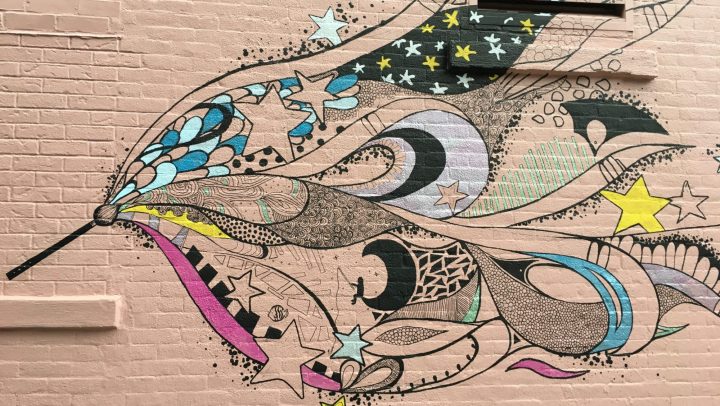
“We’re counting on you to trust yourself enough to speak your own version of our future.” – Seth Godin
I’d like to think we all have ideas worth sharing.
I also believe that our ideas deserve more than a random scribble or a passing thought. Somehow, when we fail to pause with an idea — there is often a lost opportunity.
However, developing our ideas is easier said than done. Anyone that has tried to bring an idea to fruition, realizes there are fundamental obstacles that cause us to leave an idea behind. First, both emotion and data are typically required to prove an idea’s worth. Yet early in the development process accurate data is often unavailable. Secondly, we must plan for the most common reaction to something new: fear of change. When these enduring obstacles are not at least considered, it can be a challenge to develop any modicum of “idea momentum”.
Borrowing the notion of a “user story” from design thinking, may help bridge the expanse of the “unknown”, left by fear and a lack of targeted data.
It may just save your idea from being scrapped.
Here is a collected set of elements to consider when reflecting on your idea (user stories are included):
- Respect tenacity. Does the idea return to you over & over again? If you find that an idea simply won’t “leave you alone” pay attention. Elizabeth Gilbert describes this experience in her glorious Ted Talk (and it’s utterly amazing).
- Clarification. There is a reason this idea found you. What are you solving? Does the idea build awareness, address a problem or correct a pain point?
- Document the core. What comprises the core of your idea? Is it a collection of elements that haven’t yet been considered together? Is it a way to group people or things to build awareness? Is it something others have simply overlooked? Map its contents.
- Build the emotional case. Explore if your idea resonates with others as a key litmus test. These discussions will help you refine the problem statement. You may shift your focus slightly — yet this might make all the difference going forward.
- Develop the all-important user story. How might the idea positively affect you, your employees or a potential customer if brought to the world? What do you envision happening if the idea matures and is operationalized? Can you develop a prototype? What are the snafus or costs that might accompany implementation? The development of a user story can help build your case.
- Offer structure. Attempt to design a framework that would organize your thoughts. (See how I organized an idea about how we differ when facing change, here.)
- Master “the talk”. What is your idea elevator pitch? Think of a few, illustrative sentences that not only describe what you are trying to accomplish — but might stir a potential call to action.
An idea evolves over time.
Respect it.
Don’t dismiss an idea just because the world as we know it — fails to offer data to support the future state.
Now go.
Dr. Marla Gottschalk is an Industrial/Organizational Psychologist. She is a charter member of the LinkedIn Influencer Program. Her thoughts on work life have appeared in various outlets including Talent Zoo, Forbes, Quartz and The Huffington Post.